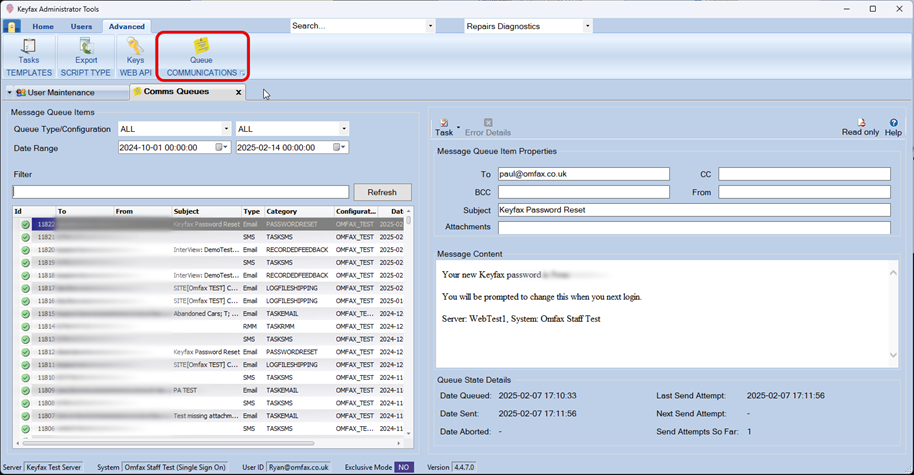1 January, 2012
Consistency of service across all channels
Residents have the option of approaching their housing organisations in three different ways: in person, via phone, or more recently, via the internet.
By making a journey to the local housing organisation, a resident will get a face-to-face response to their issue. A customer service representative, prompted by their knowledge of the situation and information on their computer screen, will be able to tend to the resident’s needs. This is the best option for some. However, high numbers of people looking for appointments can mean a long waiting time. A resident can also call a contact centre directly, likely reducing waiting time as there are many agents available to help, all of whom are also prompted by a screen with live interaction relevant to, and throughout, the call. Lastly, and more recently, residents can be encouraged to use the internet to answer their questions, where online tutorials and interactive systems can often answer a resident’s question without them having to wait, as with the other two options.
The Problem
Whilst it is great to offer so many channels of customer service, unfortunately, this abundance of ways for residents to reach their housing associations can actually decrease the quality of customer service rather than increase it. Three systems in this context do not tend to run in sync – indeed they are difficult to manage – and it is challenging trying to keep residents’ customer service history up to date.
Consistency is the most imperative aspect to maintain within customer service. Using three channels to provide this service to residents does not always provide the same answers or solutions, and it may be challenging to start dealing with an enquiry via one channel and developing it via another. For example, if a resident calls their housing organisation to follow up on a problem which they came in about in the past, the contact centre advisor may not have an overview of the information recorded by the customer service worker previously in charge. This lack of consistency essentially creates more work for the housing organisation and decreases quality of customer service to the resident.
The Case for Multi Channel Scripting
Keyfax Inter•View Online provides self-service response management software for housing organisations and their residents, online. It operates in the same way as the Inter•View software that contact centre advisors use, effectively allowing a resident to go online and be guided through enquiries and problems in the same way that a person on the end of the phone would be. This saves the resident time, and reduces call volume to the call centre. It also provides the resident with the element of choice.
The Keyfax Inter•View package provides a multichannel solution to housing organisations where a customer service representative at a local office, a contact centre advisor, and a resident are all looking at the same information and guidance when faced with a new issue. As queries or problems are dealt with, personal information for each resident is updated on each of the three channels simultaneously. This therefore results in an efficient customer service system across the organisation.
Why Triple the Workload
It does not make sense to operate three channels that lack consistency. Especially when there is the option to use a multichannel solution that provides a high quality and up-to-speed customer service in every way. Not only do housing organisations benefit from seamless operations and savings in costs – they ultimately see the results in their satisfied residents.





